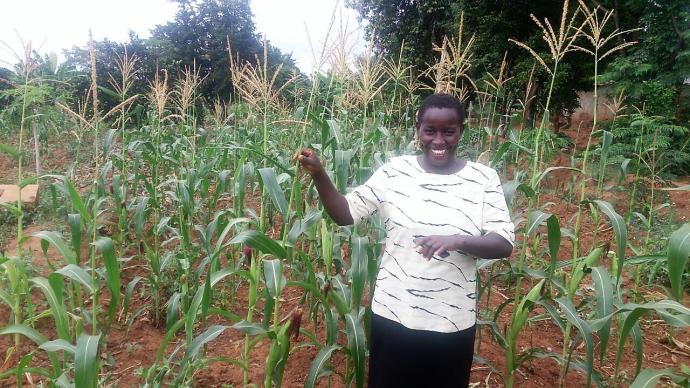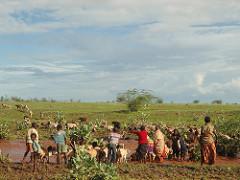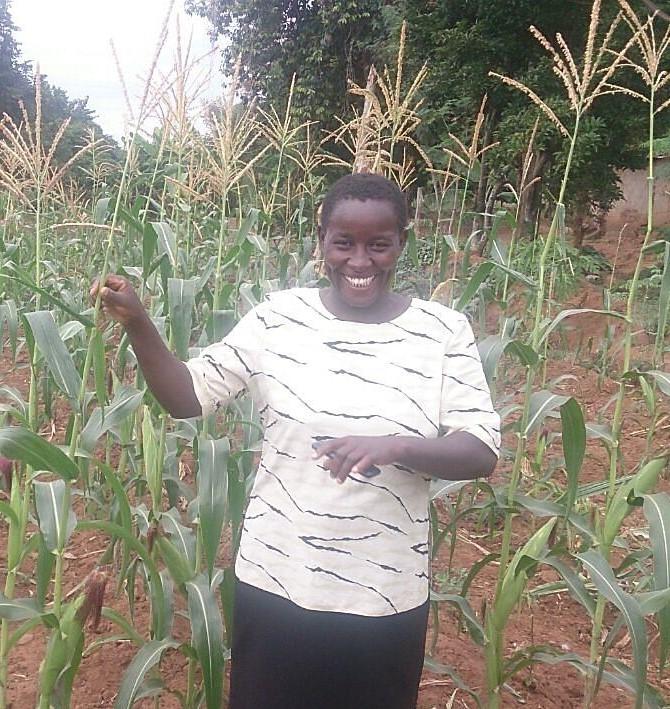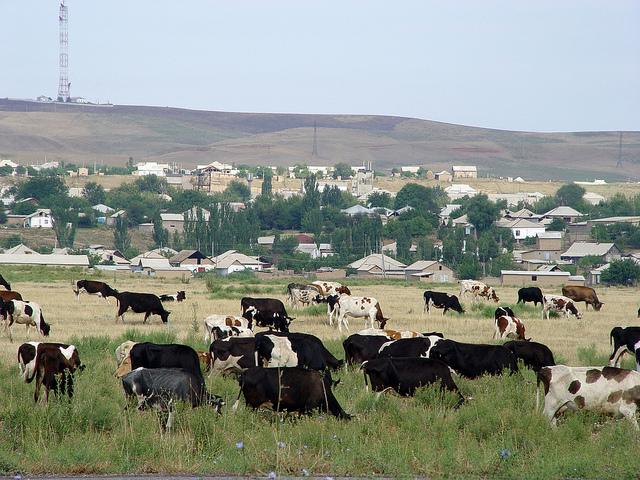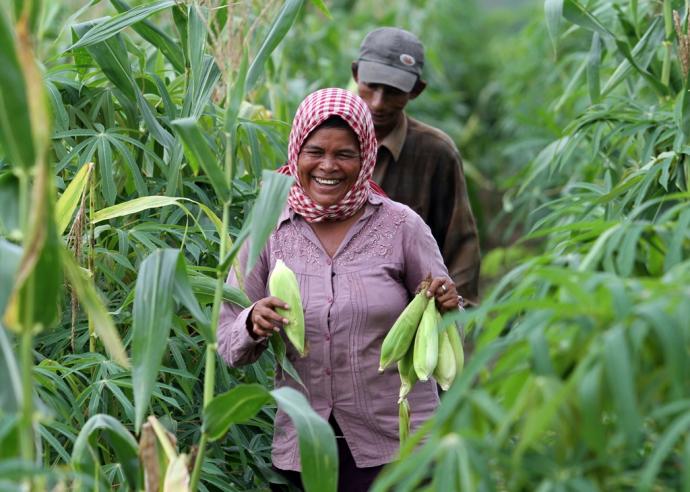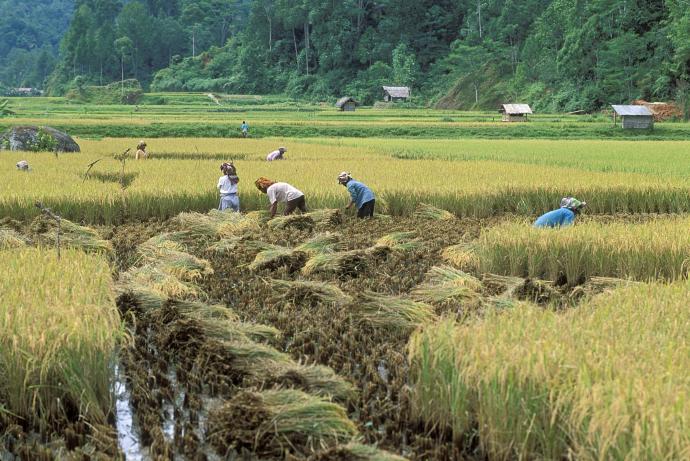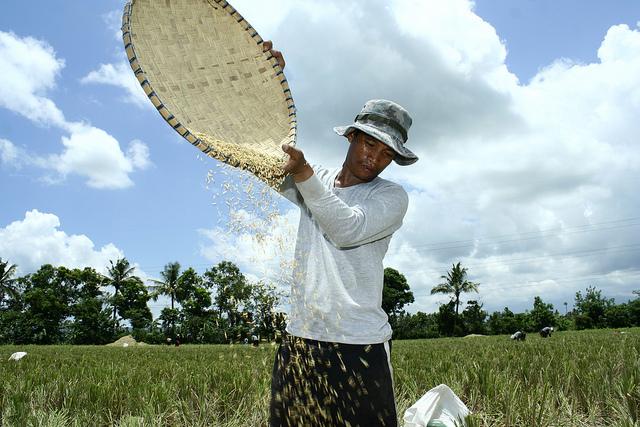20
Mar
Since the World Bank Group first forayed into index insurance in 2000, the financial instrument has been widely accepted as an innovation that helps small players gain access to finance and sustain their livelihoods. In the context of climate change, index insurance has helped vulnerable populations build resilience and protect themselves against catastrophes and climate risks. Index insurance pays out benefits on the basis of a pre-determined index for loss of assets and investments resulting from weather and catastrophic events. Without requiring the traditional services of insurance claims

